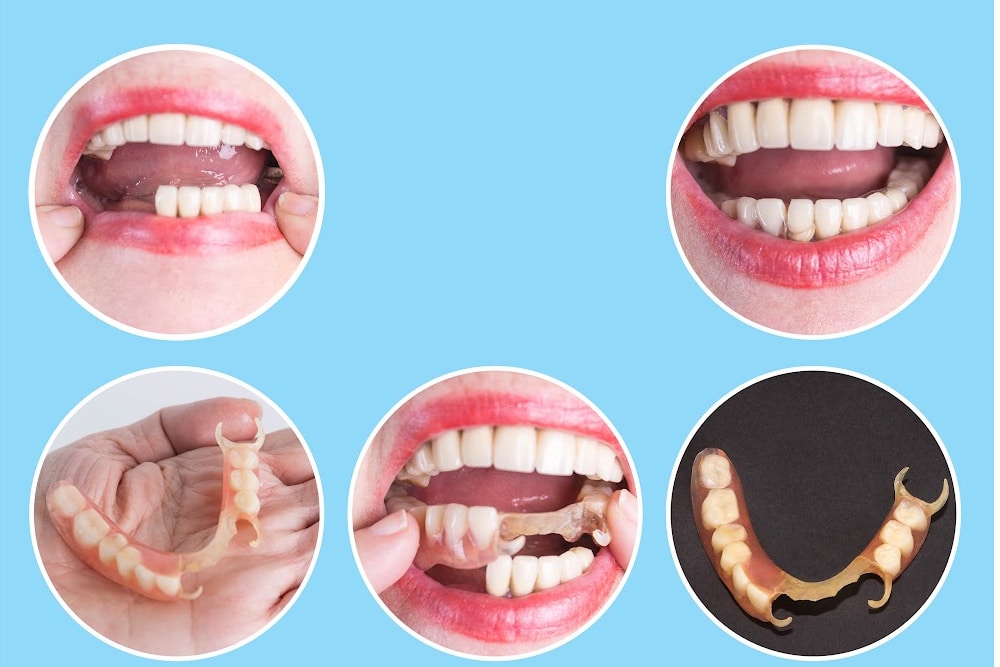As we age, our smiles inevitably undergo various changes. Natural wear and tear, coupled with the effects of past dental work or accidents, can alter the appearance of our teeth. These changes may include enamel erosion, discoloration, and even structural damage, all of which can impact not only the functionality of your teeth but also your confidence. Your smile is often one of the first things people notice, and its appearance can significantly influence how you feel about yourself.
Improving the condition of your teeth through dental restoration can lead to a more vibrant smile and enhance your overall self-esteem. By addressing issues such as damage, discoloration, or misalignment, you can achieve a smile that not only looks great but also boosts your confidence. A well-maintained smile encourages you to smile more often, creating positive social interactions and leaving a lasting impression. Read on to learn more about the techniques that can restore your smile.
Veneers: A Simple and Effective Solution
Veneers are a popular and cost-effective option in dental restoration. These thin porcelain shells are designed to cover the front surface of your teeth, offering a natural-looking enhancement.
How Veneers Work
To apply veneers, your dentist will prepare the tooth by creating grooves to help the adhesive bond securely. The veneer is then placed over the tooth, masking imperfections such as discoloration or minor damage. While veneers are an excellent choice for many, they may not be suitable for all types of dental damage. For more extensive issues, your dentist might recommend other restorative options like crowns or implants.

Bonding: Quick and Affordable Dental Restoration
For minor surface-level issues such as chips or small cracks, cosmetic bonding is an ideal solution. This technique involves applying a tooth-colored composite resin to the affected area, which is then shaped and polished to blend seamlessly with your natural teeth. Finding a professional who uses color matching OMNICHROMA Flow Bulk fill composite can help restore your teeth’s appearance and give you the smile you need to boost your confidence.
Advantages of Bonding
Bonding is one of the most affordable and fastest forms of dental restoration. The procedure usually doesn’t require anesthesia unless combined with other treatments like fillings. However, bonding is limited in its ability to repair severe damage and might not be the best choice for more significant issues.
Crowns: Comprehensive Coverage
Dental crowns provide a comprehensive solution for covering and protecting damaged teeth. Made from materials like porcelain, crowns are designed to match the natural shape, size, and color of your teeth.
The Crown Procedure
Getting a crown involves reducing the damaged tooth so that the crown can fit over it. While this process is more detailed than veneers or bonding, crowns offer a permanent solution. They only need replacement if they become loose or damaged over time.
Bridges: Filling the Gaps
Dental bridges are used to replace one or more missing teeth. A bridge consists of one or more artificial teeth supported by crowns on adjacent natural teeth or implants.
Types of Bridges
Several types of bridges are available, including traditional, cantilever, and Maryland bridges. Traditional bridges use crowns on neighboring teeth to support the artificial teeth, while cantilever bridges are used when only one adjacent tooth is available for support. Maryland bridges use a framework to bond to existing teeth. Your dentist can help determine the best type of bridge for your specific needs.
Implants: A Strong Foundation
Dental implants provide a secure solution for replacing missing teeth. An implant consists of a metal post surgically placed into the jawbone, which serves as a foundation for attaching an artificial tooth, crown, or denture.
Benefits of Implants
Implants offer a stable and long-lasting option for replacing missing teeth, often outperforming traditional dentures or bridges in terms of stability and durability. They also help preserve the jawbone, preventing further deterioration. However, the process requires adequate jawbone density and may involve a longer recovery time compared to other restorative options.

Dentures: Classic Dental Restoration Solution
Dentures have been a traditional solution for missing teeth. They come in full or partial varieties and are designed to replace multiple missing teeth or an entire arch of teeth.
When to Choose Dentures
Dentures are particularly useful if you have lost all of your teeth on one or both arches. They are also a viable option if you have significant damage to your gum tissue or insufficient jawbone to support implants. Despite being somewhat outdated compared to newer methods, dentures remain effective for preserving facial structure and aiding in speech and chewing.
The Importance of Timely Dental Restoration
Timely dental restoration is crucial for preventing further damage and achieving the best possible outcome. Addressing dental issues early can prevent them from escalating into more severe problems, which could require more extensive and costly treatments. To ensure you get the care you need, it’s important to find a qualified dental professional who can assess your condition and recommend appropriate restorative options.
When seeking a dental professional, look for a dentist with experience in restorative treatments and positive patient reviews. You can start by asking for recommendations from friends or family, or by researching local dental clinics online. Many dental offices offer initial consultations to discuss your needs and treatment options. To manage the cost, inquire about payment plans, dental insurance coverage, or financing options that can make restorative procedures more affordable. By taking these steps, you can ensure that you receive the necessary care while staying within your budget.

Restoring your smile is vital for both your overall health and self-esteem. A well-maintained smile not only improves the appearance of your teeth but also boosts your confidence and social interactions. Whether you choose veneers, bonding, crowns, bridges, implants, or dentures, there are various dental restoration options available to address damage and enhance your smile.
A bright, healthy smile often garners attention and helps you make a positive impression, making it easier to connect with others and build friendships. By understanding the different dental restoration techniques and working closely with your dentist, you can choose the best solution for your needs. Timely treatment ensures the best results, helping you maintain a beautiful smile that gets you noticed and boosts your confidence in every social situation.





